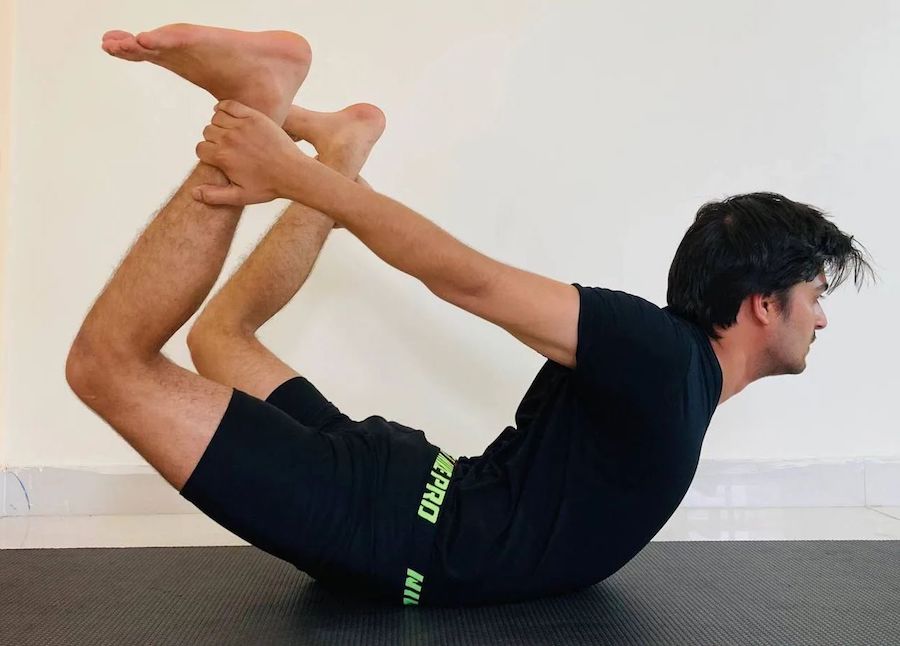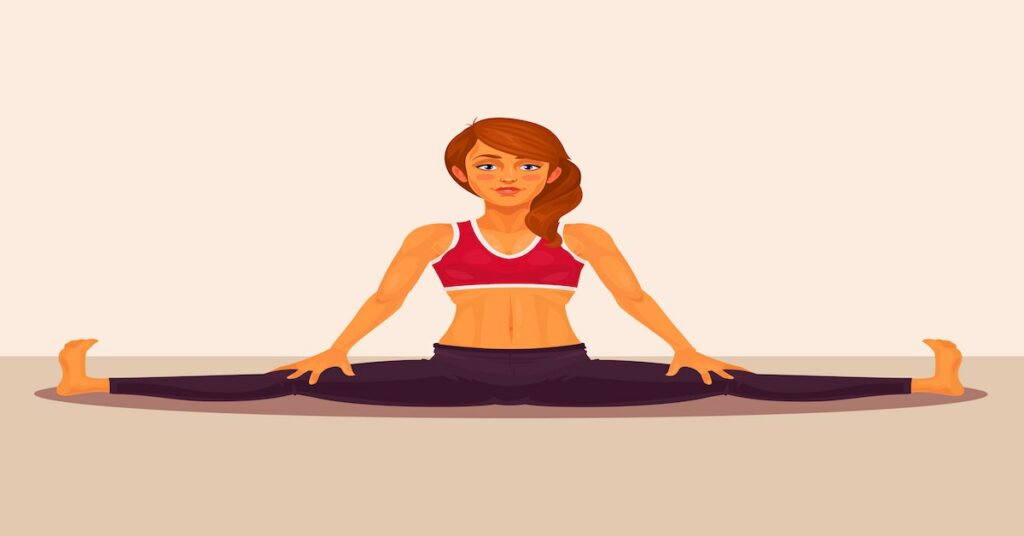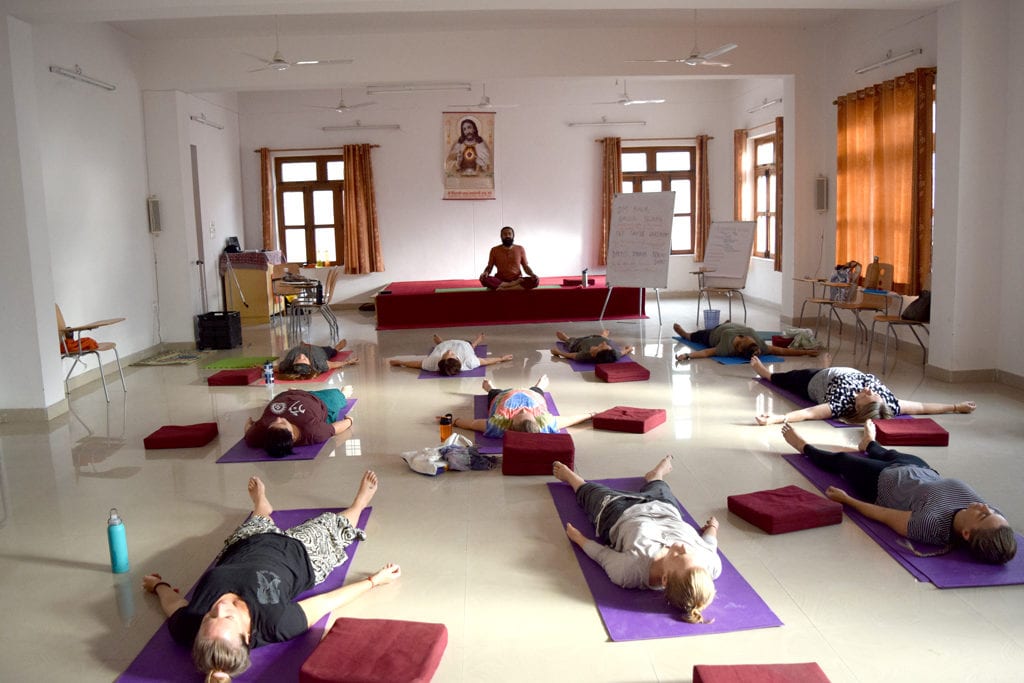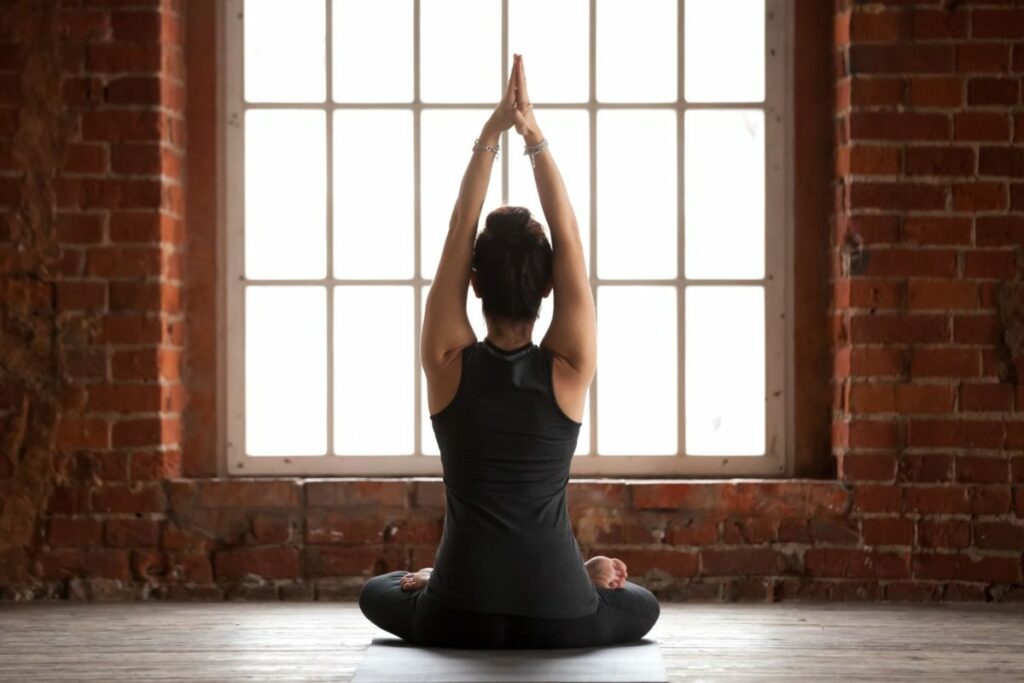Dhanurasana(Bow Pose) Steps & Benefits
The name Dhanurasana refers to the bow-like shape that the body assumes when practicing it. Bows are called dhanu in Sanskrit which is why it is called the Bow Pose in English. Your arms mimic the string of the bow, while your chest and legs represent the bow’s body. In this pose, you lie on […]
Dhanurasana(Bow Pose) Steps & Benefits Read More »






